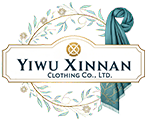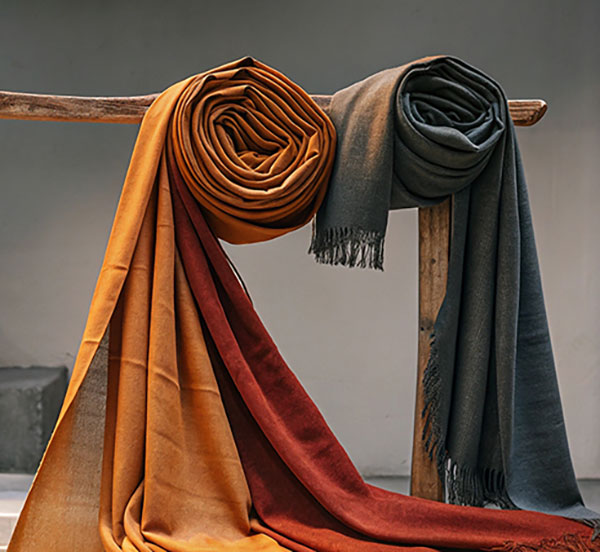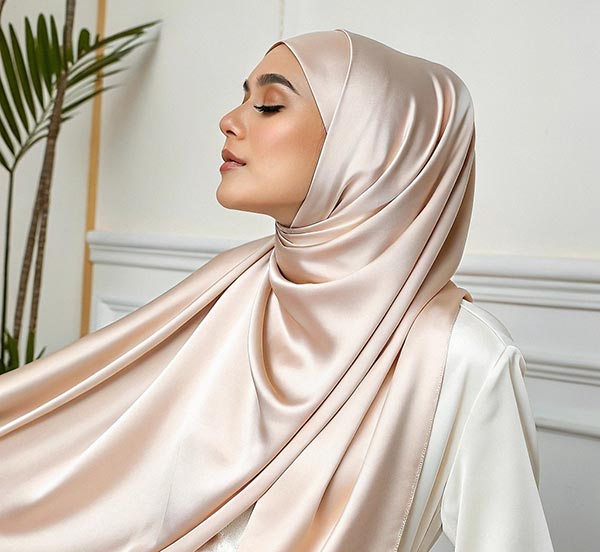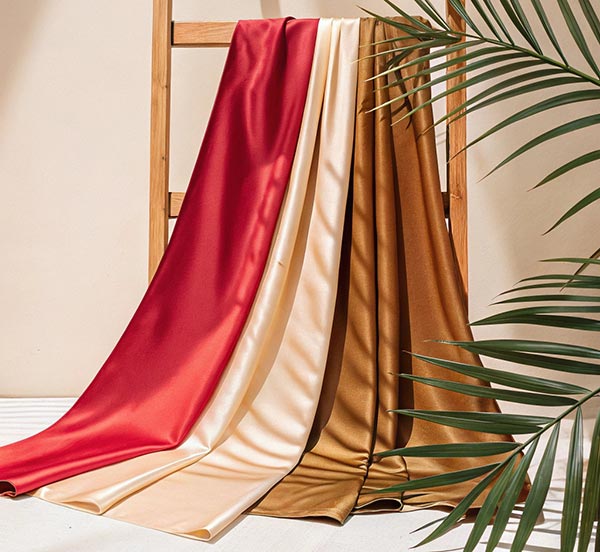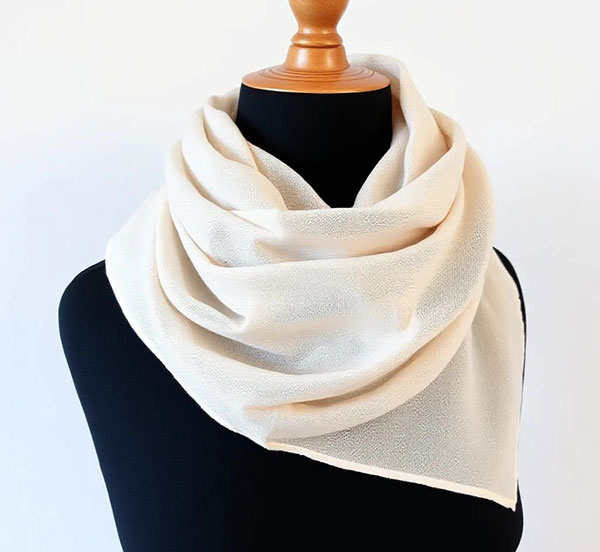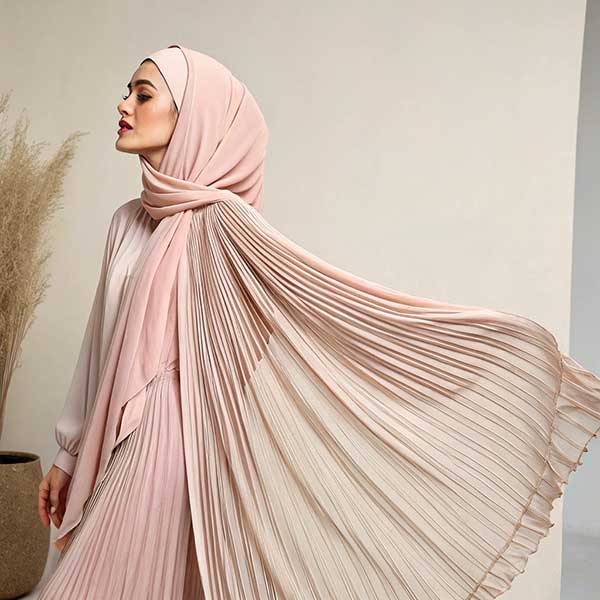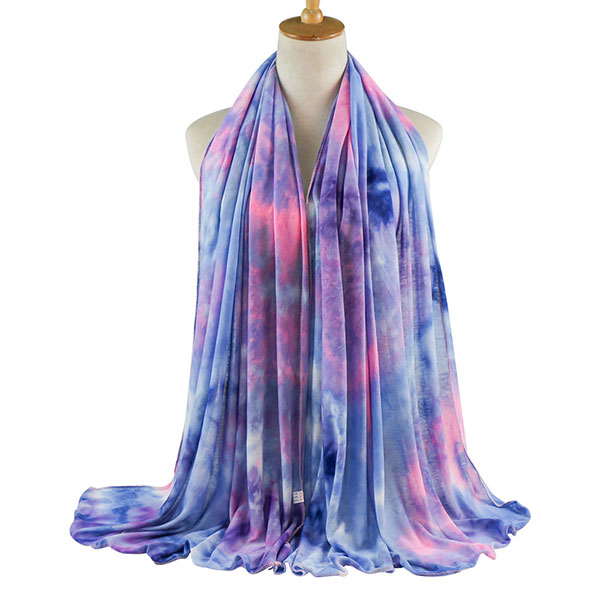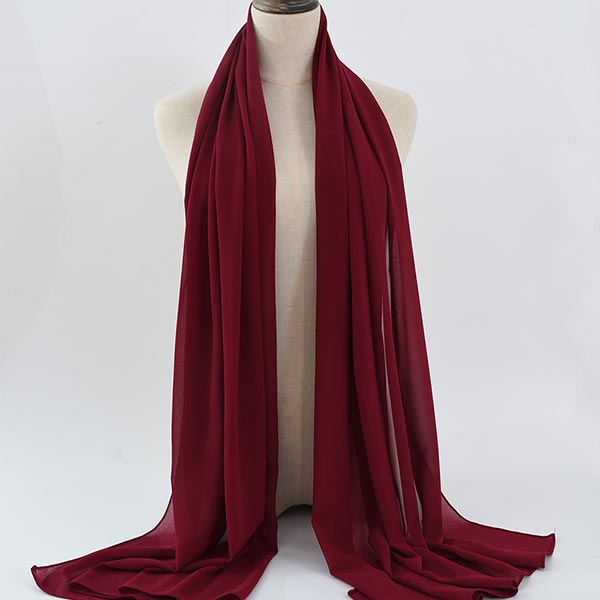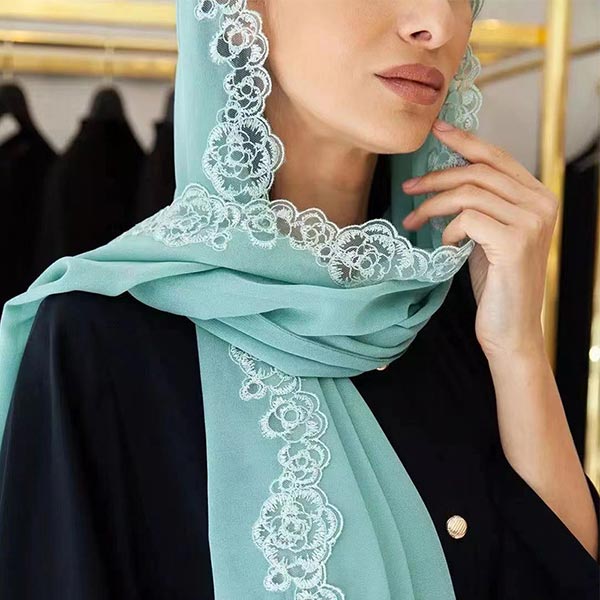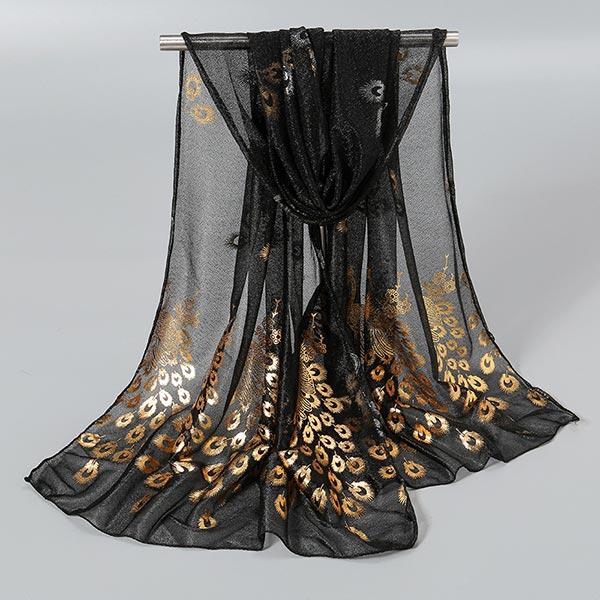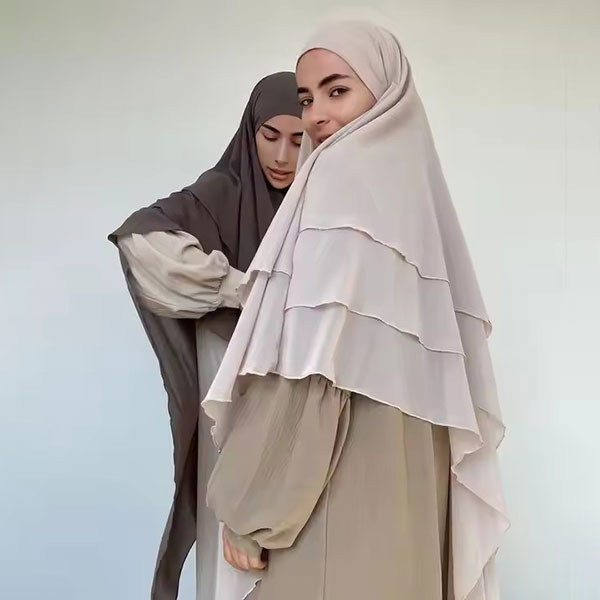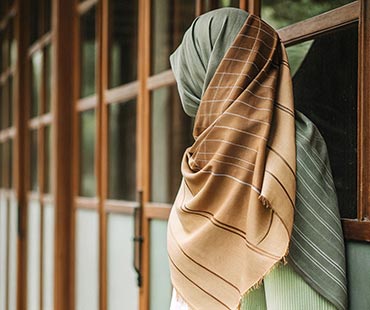For Muslim sisters, the headband (hijab) is far more than a dress. It is an explicit and dignified symbol of faith, as well as an expression of personal style. How to choose a headscarf that meets the requirements of doctrine, is comfortable to wear, and showcases individuality when faced with a dazzling array of materials, styles, and brands? This detailed guide to purchasing Muslim hijab will help you make a wise choice.
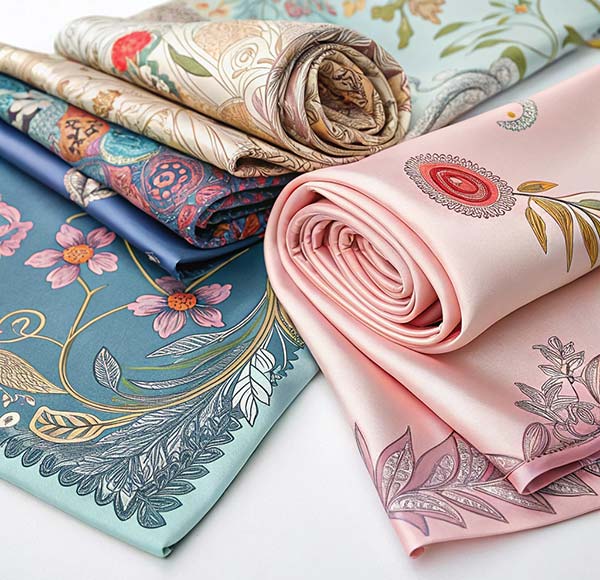
Step 1: Clarify the core requirement – for whom is your hijab worn?
Faith Compliance
- Coverage: Ensure that the hijab can completely wrap around the hair and neck, and can moderately cover the front chest (depending on the specific style and wearing method). This is the most basic and important requirement.
- Material thickness/transparency: Select an opaque material. Check the fabric against the light source to ensure that the contours of the hair and skin are not seen through.
- Moderate elasticity: Avoid being too tight and protruding from the head contour, and also avoid being too loose and prone to slipping.
Wearing scene
- Daily commuting/home: Prioritize materials that are comfortable, breathable, and easy to maintain (such as cotton, modal, and knitted).
- Work/formal occasions: Choose materials with good drape, less wrinkling, and elegant appearance (such as high-quality chiffon, silk blend, satin) and plain or classic prints.
- Sports/Hot Weather: Essential functional fabrics that are highly breathable, moisture wicking, lightweight, and quick drying (such as sports specific technology fabrics and high-quality linen).
- Special occasions/festivals: Luxury materials (silk, lace embellishment), exquisite printed or embroidered styles can be selected.
Personal style preference
- Color: Solid color (classic versatile), print (floral, geometric, abstract), gradient color.
- Style: Simple modern, classic retro, bohemian, luxurious and exquisite, etc.
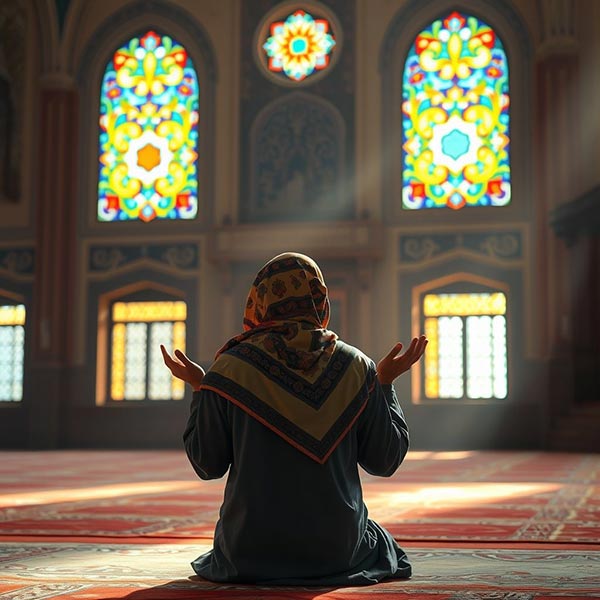
Step 2: In depth analysis of material – the key to comfort
Natural skin friendly system
- Cotton: an all-around player. Breathable, moisture absorbing, skin friendly, suitable for all seasons (especially for sensitive skin). Disadvantages: Easy to wrinkle, some lightweight cotton may be slightly translucent. Choosing high count and tightly woven cotton is better.
- Flax: The King of Summer. Extremely breathable, moisture absorbing and quick drying, naturally antibacterial. Unique rustic texture and drape. Disadvantages: prone to wrinkling, may become slightly hard upon initial use (becoming softer with washing), and has a smooth surface that requires attention to slip resistance.
- Silk: the luxurious choice. Elegant luster, silky and cool touch, skin friendly and breathable, natural temperature control. Disadvantages: High price, high care requirements (usually requiring dry cleaning or hand washing), relatively delicate and prone to snagging.
- Modal/Lyocell (Tencel): Artificial natural feeling. Derived from natural wood pulp, it has a soft and smooth feel like silk, excellent moisture absorption and breathability, good drape, and is not easily wrinkled. Disadvantages: Low wet strength, gentle washing required.
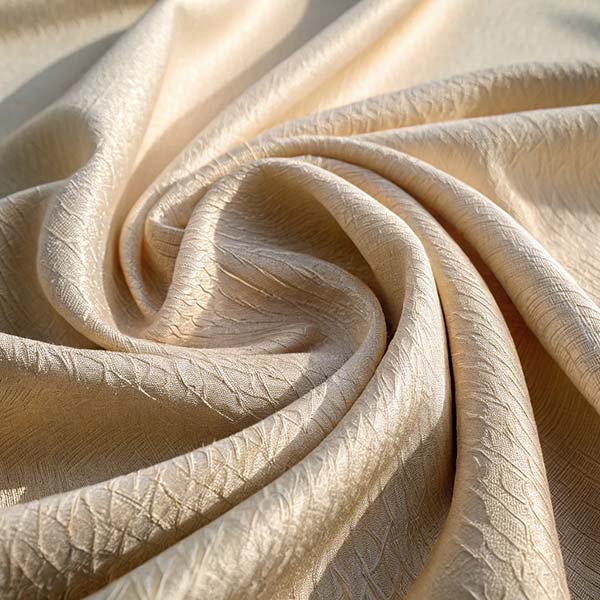
Synthetic/Blended Practical Series
- Chiffon (polyester/nylon): graceful goddess. The texture is light and transparent (must be worn inside!), with excellent drape, not easy to wrinkle, and bright colors. Disadvantages: Poor breathability (especially pure synthetic), high static electricity, and poor tactile sensation of some cheap chiffon.
- Adhesive (artificial cotton/synthetic silk): affordable silk texture. The luster and drape are similar to real silk, with good moisture absorption and affordable price. Disadvantages: Poor wet strength, easy to deform, prone to wrinkling, and not durable.
- Knitted (mostly cotton blend): Comfortable lazy bag. Good elasticity, strong wrapping, not easy to slip off, extremely comfortable, not easy to wrinkle. Disadvantage: It may not be formal enough, and some styles are prone to showing off their head shape.
- Sports technology fabrics: pioneers in functionality. Specially designed for sports, emphasizing moisture wicking, quick drying, high elasticity, ultra lightweight, and antibacterial properties. It is the first choice for intense exercise or hot and humid environments.
The Golden Rule of Material Selection
- Season: Choose breathable materials (linen, cotton, modal) in summer; Winter selection for warmth (thick knit, flannel lining).
- Skin type: For sensitive skin, natural materials such as cotton, silk, and linen are preferred.
- Maintenance time: Avoid wrinkles and choose chiffon or knitting; Ironing options include cotton, linen, and silk.
- Budget: Choose cotton, viscose, polyester chiffon for beginners; Advanced selection of modal and linen; Choose silk for luxury.
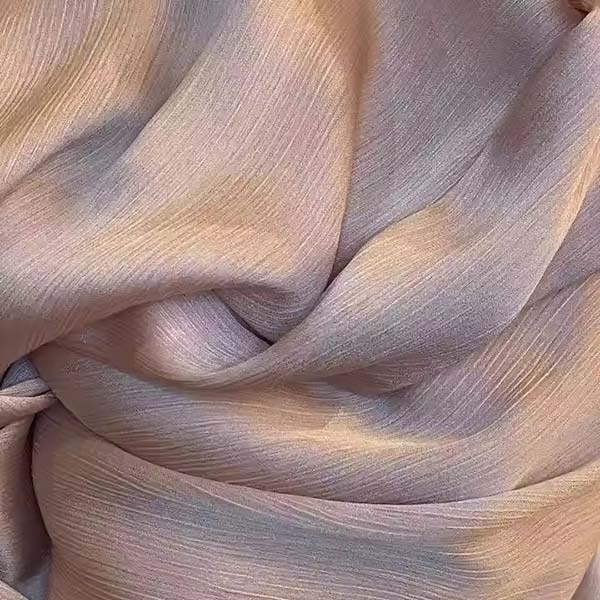
Step 3: Choose a suitable style – combining functionality and aesthetics
Classic Square Scarf
Features: The most common (such as 90x90cm, 110x110cm), requires fixing with a pin, and has flexible and versatile shapes.
Advantages: Affordable price, wide selection, strong flexibility.
Disadvantage: Requires certain skills to fix, some materials are prone to slipping off.
Suitable for people: all sisters, especially those who like to try different packing methods.
Instant Hijab/One Piece/Undercap Attached
Features: Comes with an internal cap or fixed structure, can be worn and molded without the need for pins or complicated operations.
Advantages: Extremely convenient and fast, good anti slip effect (especially with an inner hat), suitable for busy life or beginners.
Disadvantage: The shape is relatively fixed, and there may be fewer options than square scarves.
Suitable for beginners, office workers, mothers, and efficiency seekers.
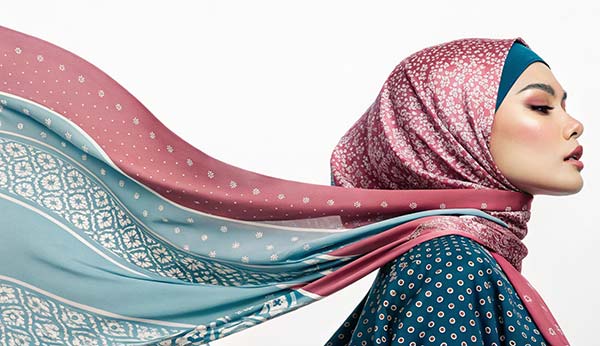
Long Rectangle/Shayla
Features: Long strip shape (common size such as 70x180cm), usually wrapped around and hanging on the chest or shoulder.
Advantages: Elegant and generous, relatively easy to wear, good coverage effect, suitable for formal occasions.
Disadvantage: Some lightweight materials are easily blown by the wind.
Suitable for people: sisters who pursue elegant temperament and like simple style.
Tube Hijab/Al Amira
Features: Cylindrical structure, usually divided into two-piece set (inner cap+outer tube) or one-piece.
Advantages: Easy to wear, completely anti slip, preferred for sports.
Disadvantages: The design is relatively simple, and the sense of fashion may be weak.
Suitable for: sports enthusiasts, students, and those who pursue ultimate convenience.
Edge/Decorative Style
Features: The edges are decorated with lace, ruffle edges, embroidery, beading, and other decorations.
Advantages: Enhance delicacy and feminine charm, suitable for embellishing styles.
Attention: Decorations should be simple and understated, avoiding excessive complexity or making noise, ensuring compliance with the principle of dignity.
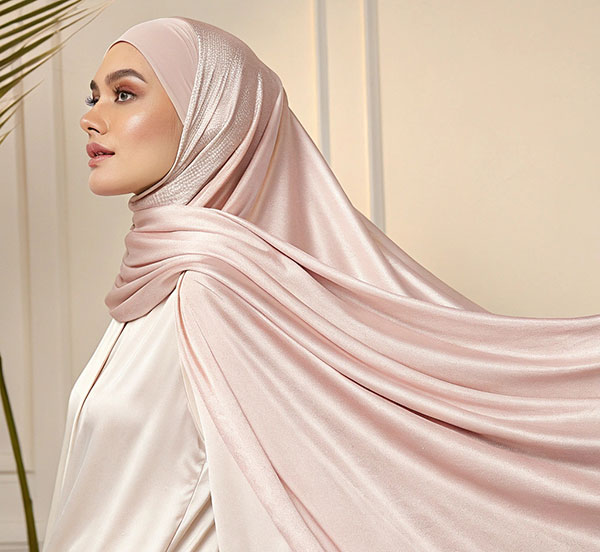
Step 4: Purchasing Channels and Techniques
Online shopping
International brand official websites, such as Haute Hijab, Modanisa, Shukr, Xinnan, offer guaranteed quality and unique designs. However, the prices are relatively high, and shipping and returns may be inconvenient.
Large Muslim e-commerce platforms, such as Modanisa and Hijup, focus on brands and styles, often have promotions, and offer a variety of choices. Pay attention to the material and size description carefully.
Comprehensive e-commerce platforms, such as Amazon, eBay, Etsy, and domestic platforms like Taobao and JD.com, offer a wide range of choices and a wide price range. Key: Carefully review the seller’s reputation, buyer reviews (especially real reviews with pictures), and detailed product parameters (material composition, size, thickness). Be wary of the low price trap.
Social media small shops/independent designers: (Instagram, Facebook) can find unique designs and handmade products. Transactions should be handled with caution, and payment security and return policies should be confirmed.
Physical store selection
Muslim clothing specialty store: With strong professionalism, customers can try on and experience the materials and effects, and the staff usually understand the requirements better. The price may be slightly higher.
Large department stores/brand stores: Some international fast fashion or department stores have Muslim counters, which are convenient but have limited options.
Fabric market/tailor shop: a choice that requires specific materials or complete customization, testing selection vision and communication skills.
Buying Tips
Read the details: Be sure to carefully read the material composition label (% content), rather than vague “chiffon” or “real silk”.
Check size: There are significant differences in size between different brands and styles. Please refer to the size chart or ask customer service. Square scarves should pay attention to side length, while rectangular scarves should pay attention to length and width.
Read review: Focus on practical feedback regarding breathability, translucency, slip resistance, fading, shrinkage, etc.
Color testing: When purchasing online, refer to the model’s picture but pay attention to the impact of lighting. It is best to choose based on your own skin color and the color of your frequently worn clothing.
Price comparison: comprehensively consider material, brand, craftsmanship, and shipping costs, rather than just looking at unit price. Be wary of abnormally low prices.
Ask after-sales service: Understand the return and exchange policy (especially online), especially regarding issues such as size mismatch or color difference.
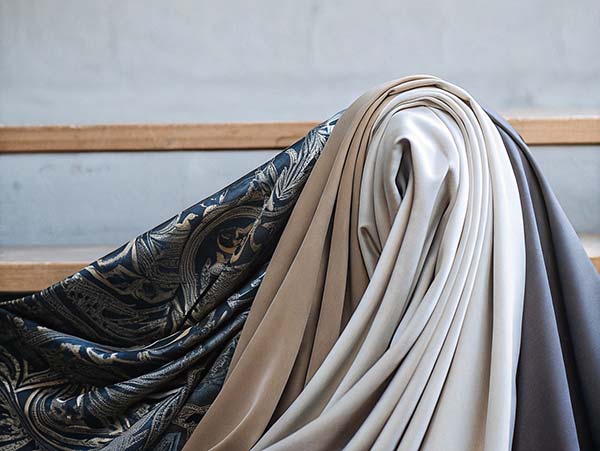
Step 5: Enhance the wearing experience
Under Scarf/Bonnet Cap
Function: Sweat absorption, anti slip, hides broken hair, increases support, and prevents thinning.
Material selection: cotton (sweat absorbing and breathable), modal (smooth and comfortable), mesh (extremely lightweight and breathable).
Muslim Hijab fixing tool
Hijab Pin/Magnet: Essential for securing square and rectangular scarves, choose a smooth and non snagging style.
Hijab Band/Trap/Tape: Helps prevent slipping, especially suitable for smooth materials or during exercise.
Headband spray/softener: some products can help reduce static electricity, increase drooping sensation or bring light fragrance (choose mild and alcohol free ingredients).
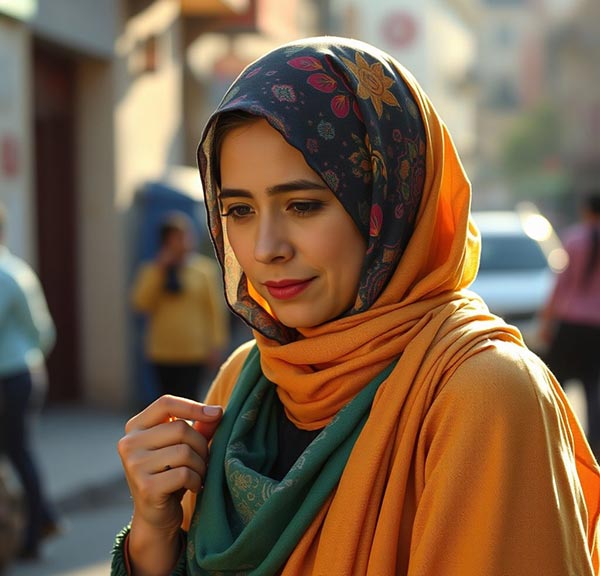
Conclusion: Choosing a headscarf is choosing an attitude towards life
Choosing a Muslim hijab is a harmonious unity of upholding faith, pursuing comfort, and releasing individuality. It doesn’t need to be expensive, but it requires care. Understanding one’s own needs, understanding the language of materials, finding the right style, and pairing it with appropriate accessories, every wearing can become a ceremony of confidence and tranquility. May you find the most satisfying headscarf that seems to be born for you on the path of pursuing dignified beauty, and let the light of faith shine brightly in the details.
